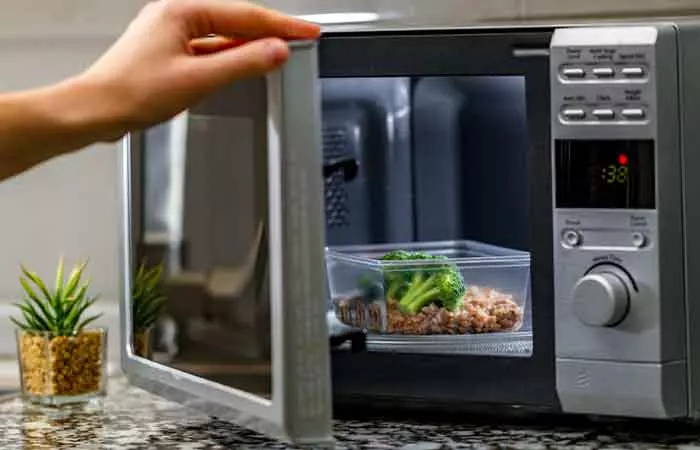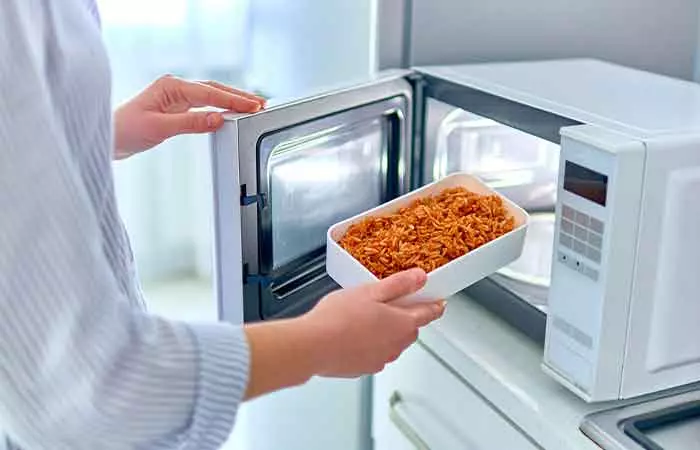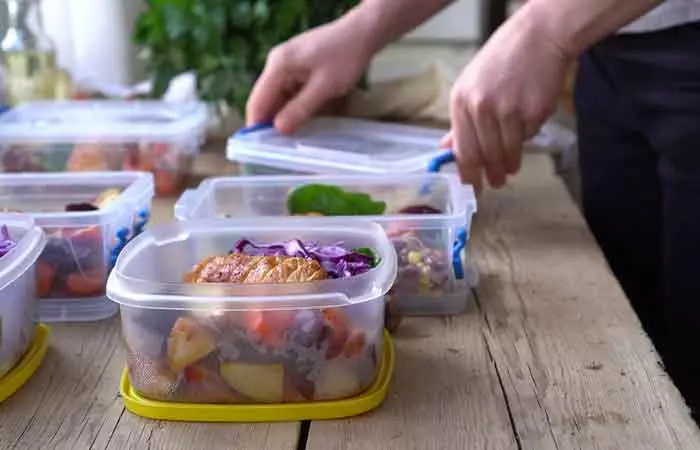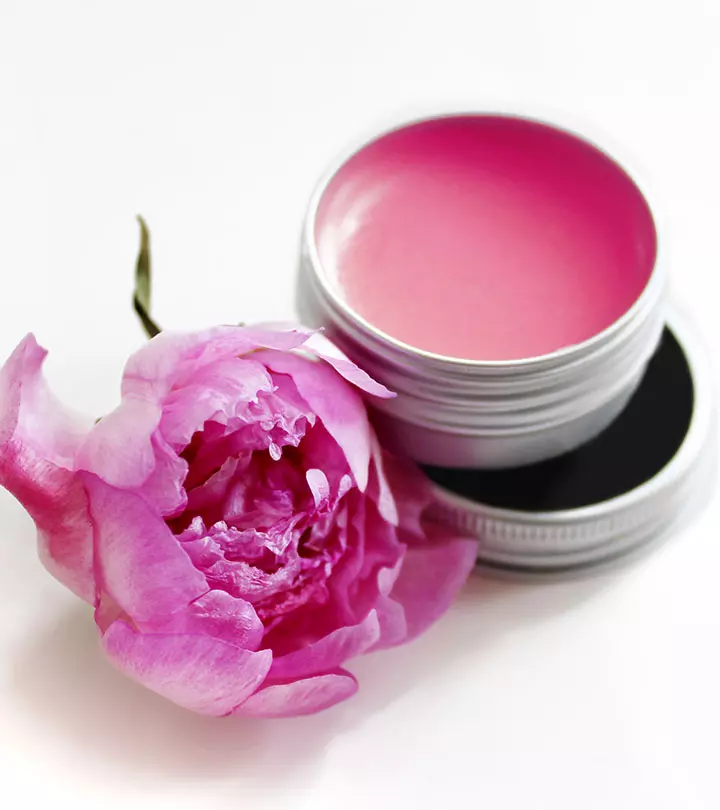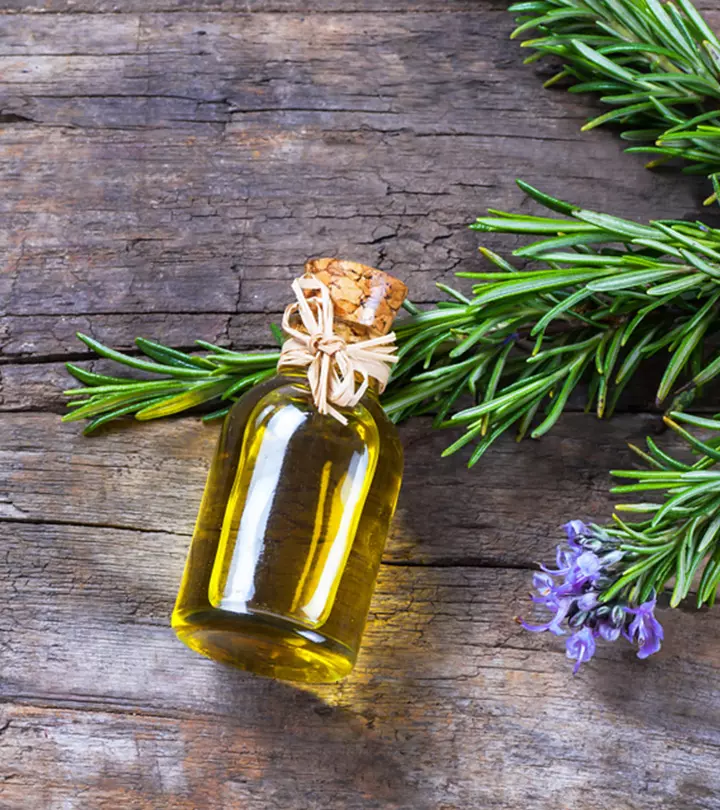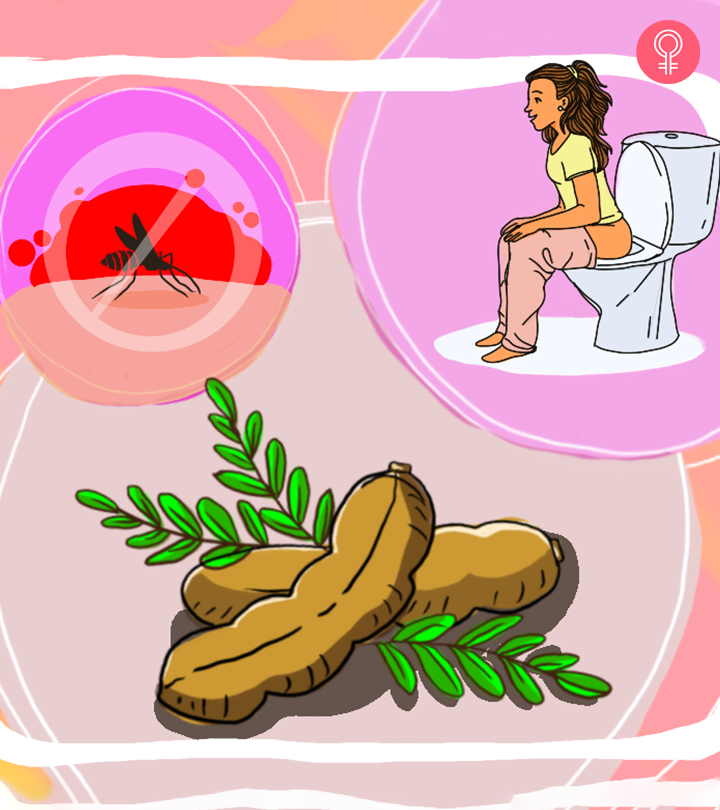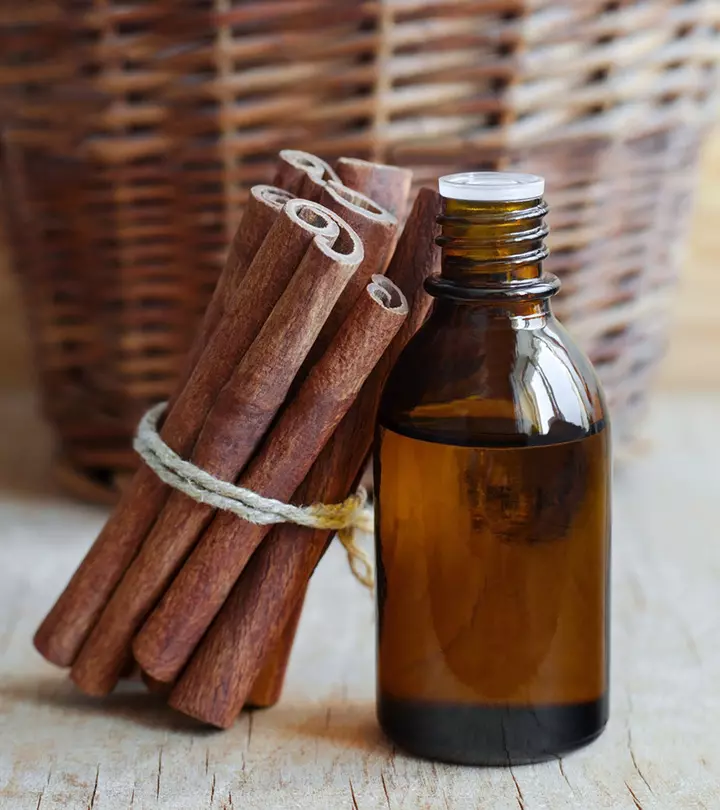How To Check If A Container Is Microwave-Safe?

Image: Shutterstock
Microwaves are like kitchen superheroes! They transform our food to warm deliciousness in no time. But here’s the catch: not all containers are cool with the microwave. Making sure your containers are microwave-safe is not just about keeping them in good shape, but also about staying safe. In this article, we will break down the easy ways to check if your containers are microwave-friendly. Read on!
In This Article
Look For The Microwave-Safe Symbols
Ever noticed those symbols on the bottom of your containers? There’s one that looks like a square with wavy lines. That’s the superhero symbol for microwave-safe! So, before you hit that ‘start’ button, check for this symbol. It’s like a guarantee that your container is ready for the microwave adventure.
Check The Material Mix
Containers are made from different materials, and not all materials play nice with microwaves. Here’s the list of common materials and if they are microwave-safe:
1. Glass
Glass containers are usually good to go. However, make sure to check for any cracks – they can cause trouble.
2. Ceramic
Most ceramic dishes are microwave-safe. Just watch out for metallic elements or glazes with metals. They can cause sparks.
3. Plastic
Plastic is a bit tricky. Look for containers that are “microwave-safe”. Also, no scratched or old plastic – they might release toxins.
4. Paper
Plain white paper towels, parchment paper, and microwave-safe paper plates are safe. Just skip the recycled paper as it might have metal bits.
5. Metal
Metal and microwaves don’t mix. Keep metal containers away, or sparks might fly!
Here are some ways to check if your container is safe to be put in the microwave:
1. The Water Test
If your container is a mystery with no labels, try the water test. Pop a cup of water in it and microwave for a minute. If the container stays cool and the water gets hot, you’re good to go. If the container heats up, it’s a nope!
2. Watch For Changes
After microwaving, take a peek at your container. If it warps, cracks, or changes colors, it’s not playing nice with microwaves.
3. Read The Manual
Okay, we get it, reading manuals isn’t fun. But for your microwave and containers’ sake, take a look at the manufacturer’s guidelines. This will let you know whether your container is microwave-safe and any rules you may need to follow.
Tips For Safe Microwaving
1. Check The Lid
Leave container lids slightly open to let steam escape.
2. Use Microwave Covers
If your recipe says cover up, use lids or covers that are “microwave-safe.” Skip regular plastic wraps unless it’s labeled safe for microwaving.
3. Short And Sweet Intervals
When reheating, go for short bursts and stir in between. This keeps the food evenly heated.
Is Microwaving Food Good For Your Health?
Microwaving food has been a topic of debate when it comes to its impact on health. Many people wonder if using a microwave oven to prepare or reheat meals is good for them. The answer lies in understanding the science behind microwaving and its effects on the nutritional content of food.
Microwaving is a quick and convenient method of cooking that uses electromagnetic waves to heat food. Contrary to some myths, microwaving itself does not make food radioactive or inherently unhealthy (1). In fact, microwaving is generally considered a safe cooking method that preserves the nutrients in food better than some traditional cooking methods.
One of the advantages of microwaving is the short cooking time, which helps in retaining more nutrients compared to prolonged cooking methods. Nutrients such as vitamin C and some B vitamins are sensitive to heat, and the shorter cooking time in a microwave helps minimize their loss (2). Additionally, microwaving often requires less water than other cooking methods, reducing the leaching of water-soluble vitamins and minerals.
However, there are factors to consider to ensure microwaved food is as healthy as possible. Choosing microwave-safe containers is crucial to prevent the release of harmful chemicals. Containers labeled as microwave-safe are designed to withstand the heat and are less likely to leach harmful substances into your food. Another consideration is the type of food being microwaved. While microwaving can preserve nutrients in vegetables, fruits, and lean proteins, it may not be the best option for certain fats. Microwaving can lead to the breakdown of some fats, potentially producing harmful byproducts. It’s essential to follow recommended guidelines for cooking fats in the microwave to minimize these risks.
On the positive side, microwaving can be a healthier alternative to methods like frying, which often requires the addition of extra fats. Steaming or microwaving vegetables, for instance, allows them to retain more of their natural nutrients compared to methods that involve boiling or frying.
Microwaving food can be a health-conscious choice when done correctly. It’s a quick and efficient cooking method that generally preserves the nutritional content of food. Choosing microwave-safe containers, being mindful of cooking times, and using proper techniques can contribute to maintaining the health benefits of microwaved meals. As with any cooking method, a balanced and varied diet, along with proper food safety practices, is key to supporting overall health.


